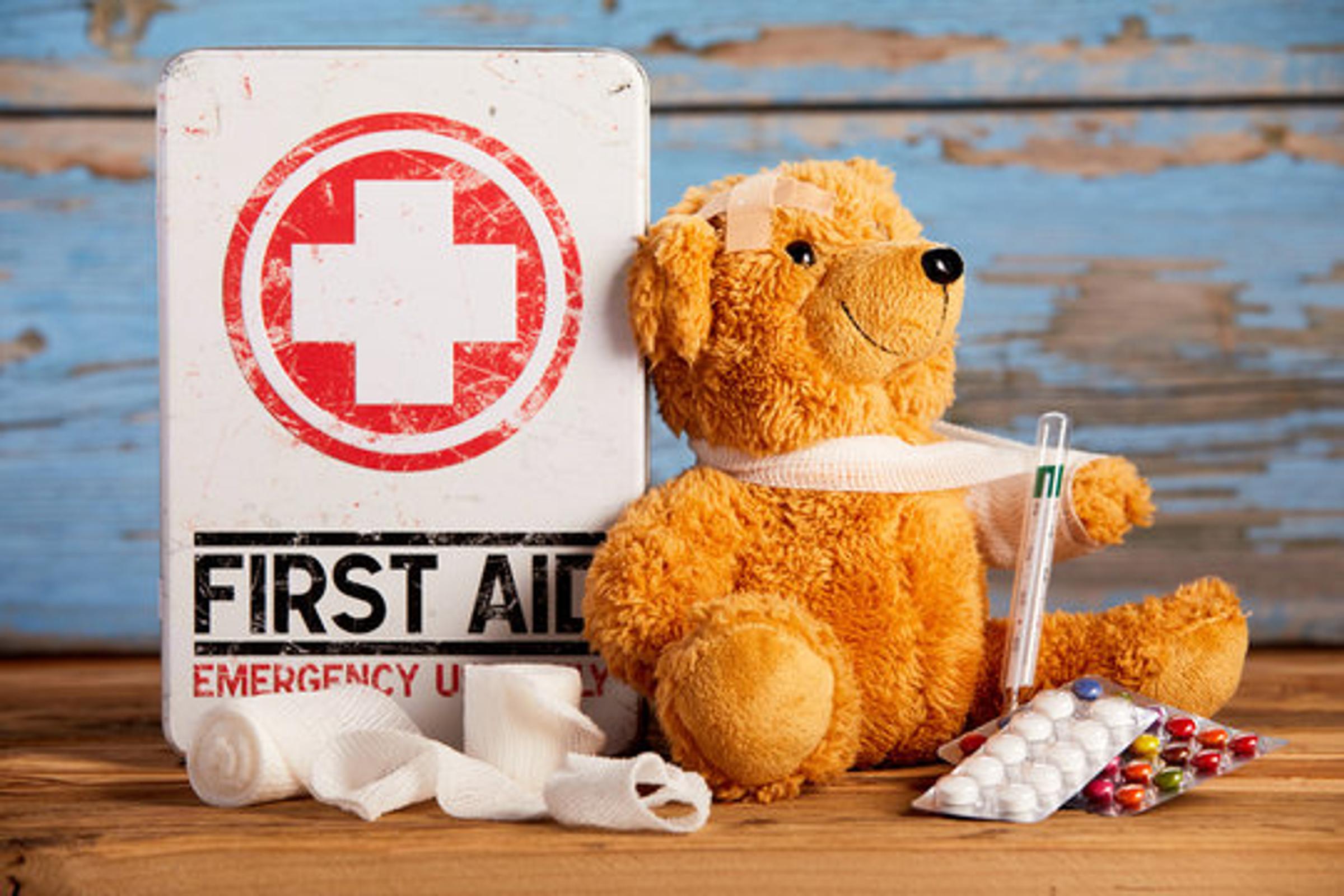First Aid News

Treating Burns
There are three levels of burns:
- Superficial – these burns cause damage to the first or top layer of skin only. The burn site will be red and painful.
- Partial thickness – these burns cause damage to the first and second skin layers. The burn site will be red, peeling, blistered and swelling with clear or yellow-coloured fluid leaking from the skin. The burn site is very painful.
- Full thickness – involves damage to both the first and second skin layers, plus the underlying tissue. The burn site generally appears black or charred with white exposed fatty tissue. Very deep burns may damage the underlying muscle or bone. The nerve endings are generally destroyed and so there is little or no pain at the site of the full-thickness burn. However, surrounding partial-thickness burns will be very painful.
It can be difficult to tell the difference between partial and full-thickness burns. The depth of a burn is not critical in the initial treatment of burns. An assessment of the extent of the burn is more important initially.
First aid for burns
Remove the person from danger and further injury. Hold the burn under cold running water for 20 minutes. If necessary, prevent heat loss by covering unburnt areas. Burnt clothing should only be removed if it does not stick to the burn. Do not remove clothing that is stuck to the burn. Chemicals, such as acids and alkalis, must be washed off with running water for at least 20 minutes but take care not to splash the chemicals onto unaffected skin or other people. A cool shower is ideal. Superficial burns require pain relief, dressings, and regular review to make sure they have not become infected. Do not apply anything other than water to second or third-degree burns until they are fully cooled and medically assessed. A major burn is defined as a burn of any depth that involves more than 20 percent of the total body surface area for an adult and more than 10 percent of the total body surface area for a child. Major burns are a medical emergency and require urgent treatment. Immediately apply cold water to all affected areas and then call triple zero (000) for an ambulance. A cool or lukewarm shower is ideal.
Complications of major burns
Some of the potential complications of major burns include:
- injury to lungs from smoke inhalation
- hypovolaemia – loss of fluid from burnt skin. This may lead to shock
- heat loss (hypothermia) – since burnt skin is unable to properly regulate body temperature
- infection.
Treatment for burns
The medical treatment you will receive on admission to the hospital emergency department could include:
- pain relief. morphine may be required
- a cool shower
- intravenous fluids through a drip
- intensive medical monitoring.
https://www.betterhealth.vic.gov.au/health/conditionsandtreatments/burns-and-scalds
The information above is taken from the Better Health website.
